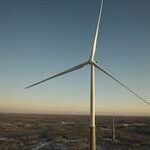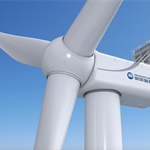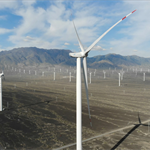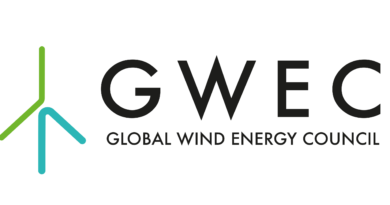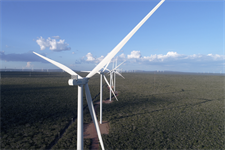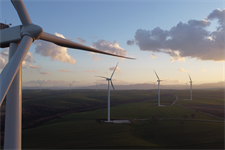Wind turbine manufacturer Vestas invests in Swedish crane technology for 200 metre-plus lifting
Energy Disrupter

Vestas’ venture capital arm has invested an unspecified amount in segmented crane technology being developed by S&L Access Systems, a subsidiary of Swedish conglomerate Stena.
It is now a minority investor in the technology developer, but would not confirm the size of the stake, nor how much it has invested.
The Salamander Quick Lift Crane Technology uses a base frame with a jack-up press for crane segments to ensure efficient mobilisation and demobilisation of the crane.
Segments can be added to enable heavy lifts on hub heights well above 200 metres, according to S&L Access Systems.
The erection of the crane is done in parallel with the installation of the wind turbine, its CEO Marcus Dahlinder told Windpower Monthly.
The turbine manufacturer claims the Salamander Quick Lift Crane Technology will be safer to work with, as well as being easier to bring to site, assemble and work with, compared to standard cranes. It will also make relocation within the site and decommissioning faster, it added.
The technology’s moveable platforms are also less sensitive to wind when conducting uptower works and the crane requires a smaller pad than standard cranes, Vestas claimed.
Today, onshore wind turbines tend to be higher and will soon reach hub heights beyond 200 metres. Very few cranes are capable of installating turbines with hub heights over 130 metres, Dahlinder added. Moreover, projects are becoming more complex and are often located in remote areas.
As the importance of the wind turbine industry increases and turbines become taller and more powerful, we are well positioned with this unique crane solution enabling high safety and efficient lifting of high wind turbines in a more sustainable way, than traditionally, says Marcus Dahlinder, CEO of S&L Access Systems.
S&L Access Systems is currently carrying out functionality tests on a concept pilot project and is building a prototype. It expects to complete construction by the end of the year and promptly start testing, Dahlinder added.
It is first focusing on the onshore market, but Dahlinder sees “substantial potential” for using the crane technology for both new offshore wind installations and turbine maintenance.
This is Vestas Ventures’ second official investment, having previously invested in wooden wind turbine tower manufacturer, Modvion.
Vestas set up Vestas Ventures in November 2020 to invest in early-stage start-ups within sustainable energy around the world.


